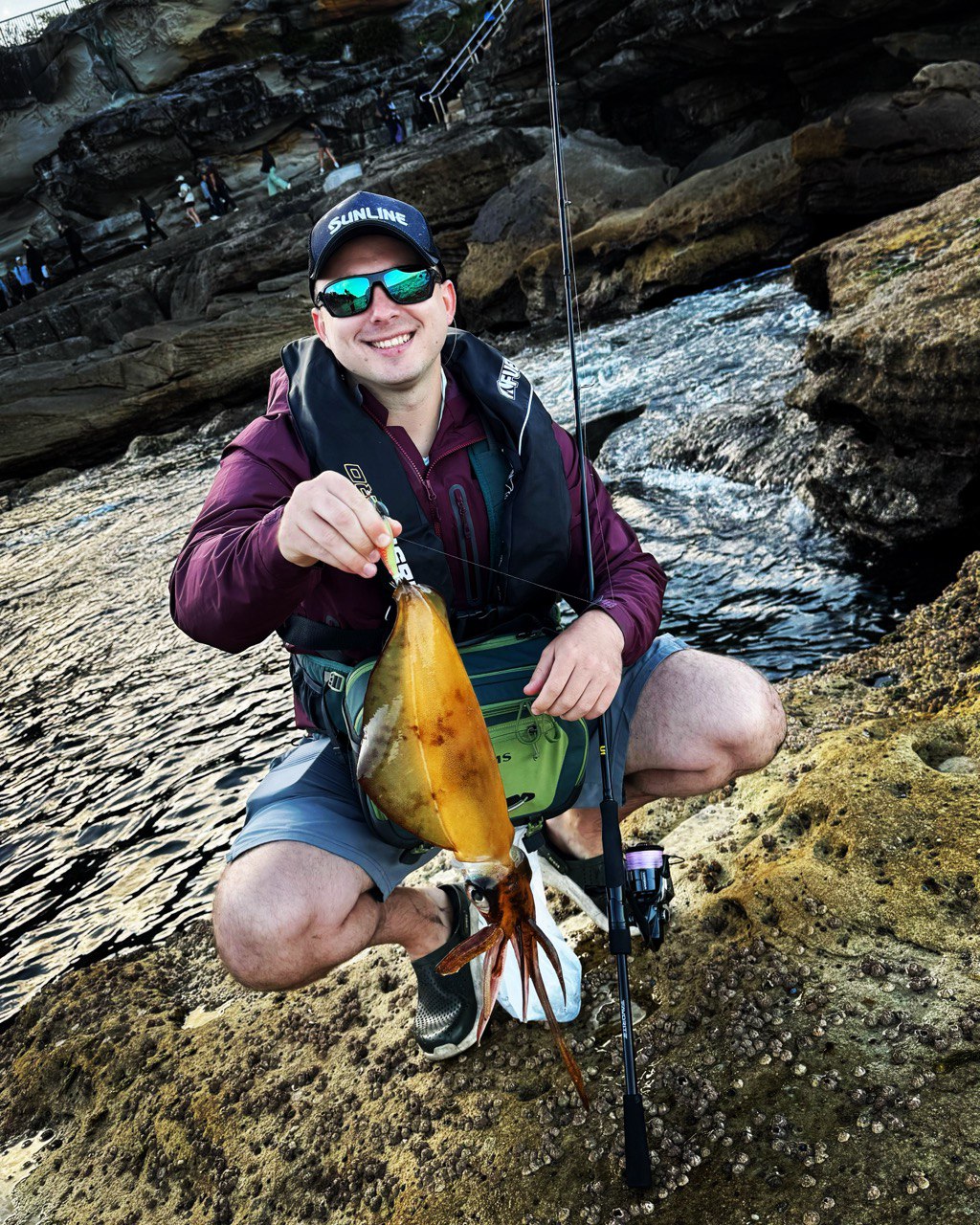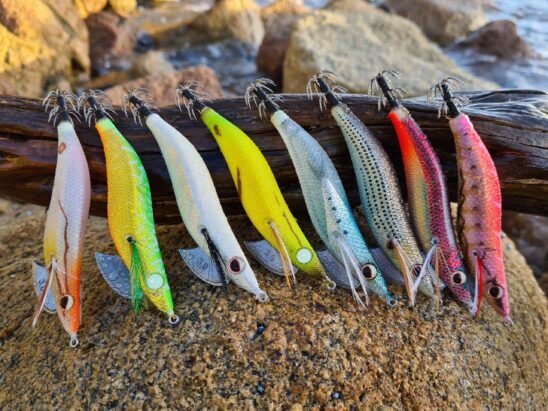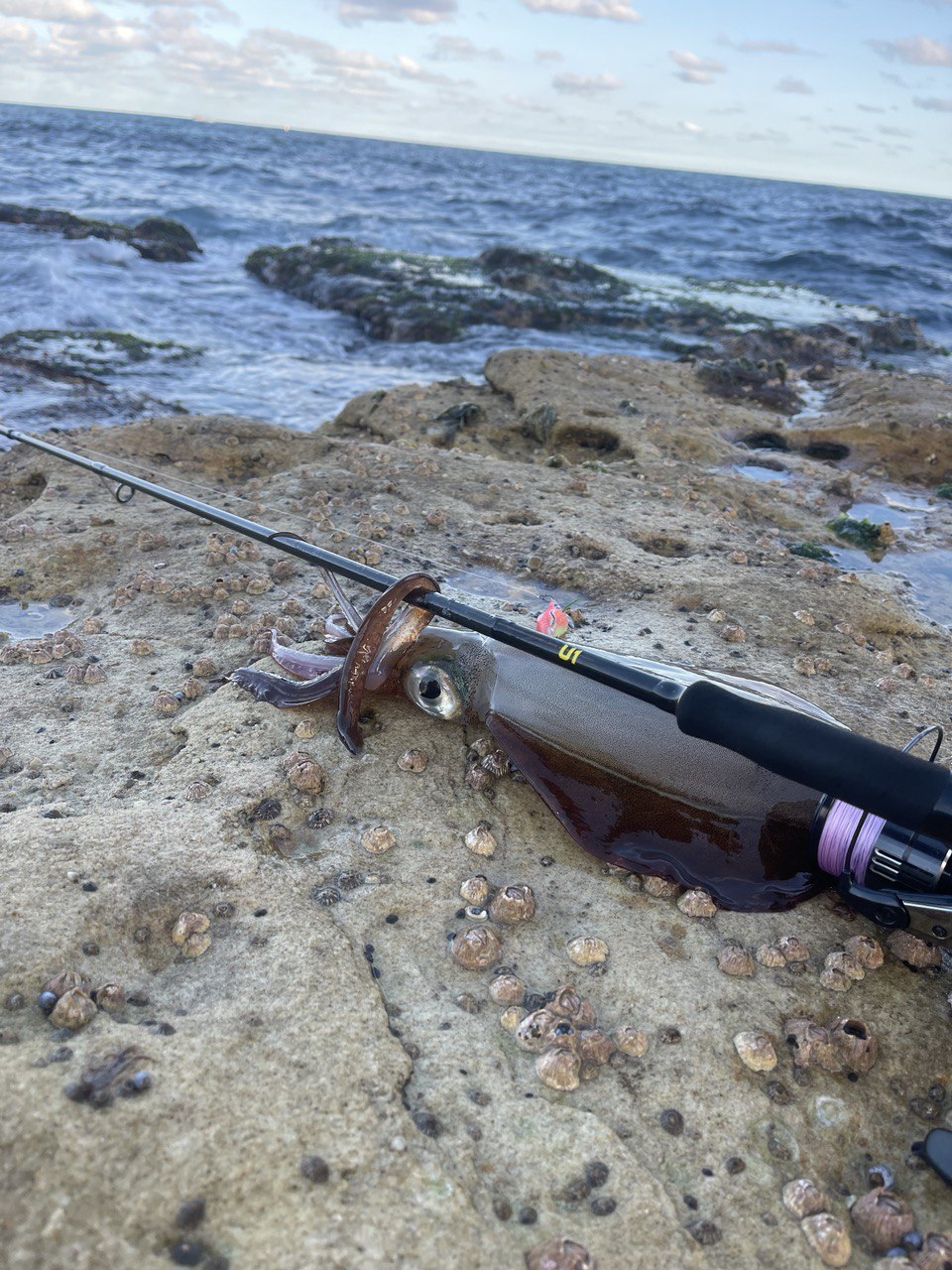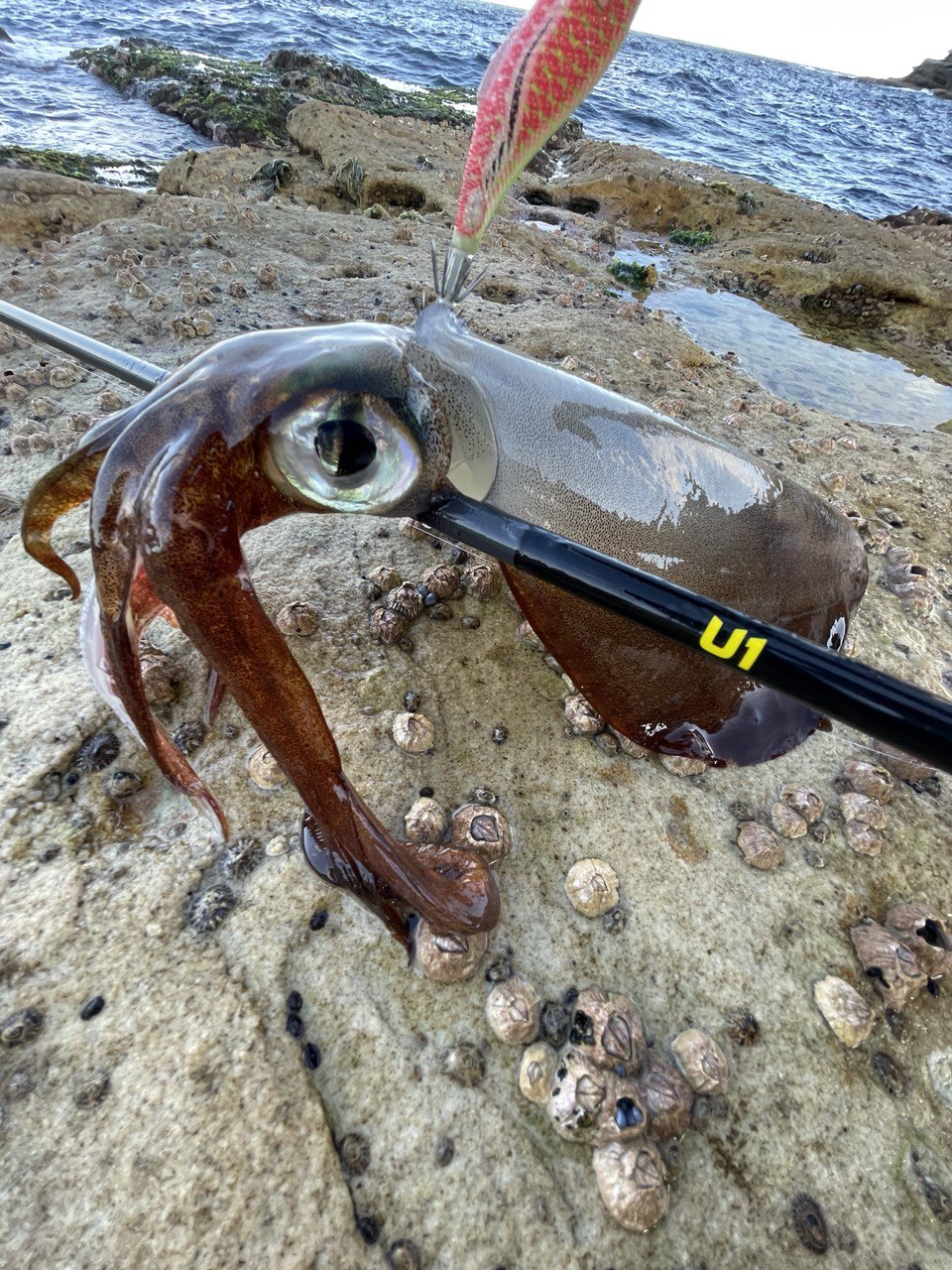Secrets of Successful Squid Fishing: Crafting the Perfect Tackle
Squid fishing is a fascinating and exhilarating pursuit that requires not only skill but also the right choice of gear. In this article, we will delve into the key aspects of assembling the perfect tackle for effective squid fishing in the waters of Australia.

1. Lures – The Pivotal Element
One of the crucial elements in squid fishing is selecting the right lure. The classic egi lure consists of a soft, luminous head with two-thirds of its body, mimicking prey. You can see a photo of the classic egi lure below.

2. Line Selection – Thinness and Strength
Choosing the right line is also crucial for successful fishing. For shore fishing, it is recommended to use thin diameters, such as 0.6 on the Japanese scale. For boat fishing, lines with a diameter of 1.0 are suitable. However, when assembling a universal kit, the optimal choice is a line with a diameter of 0.8/1.0.
3. Role of the Reel – When Control is Essential
While a reel may not be mandatory for squid fishing, it can enhance convenience. Recommended reel sizes for squid fishing are 2500/3000. If you already have a reel size 4000, it is also suitable, but be aware that it will make the tackle bulkier and less elegant.
4. Rod – The Key to Success
The rod for squid fishing should be light, sensitive, and have sufficient length for casting from shore or a boat. Recommended lengths range from 7 to 9 feet for shore fishing. However, for boat fishing, it is preferable to use shorter rods, around 7 feet. This not only ensures comfort in the boat but also simplifies accurate casting and the process of landing the fish.
5. Preparing for the Fishing Trip – Thorough Checking
Before heading out for fishing, carefully inspect your equipment. Ensure that knots are secure, the friction is set correctly, and all tackle elements are in excellent condition.
With these tips, you are ready for a successful squid fishing experience. Stay tuned for our updates for additional tips on fishing techniques, choosing the right spots, and safety during fishing.

